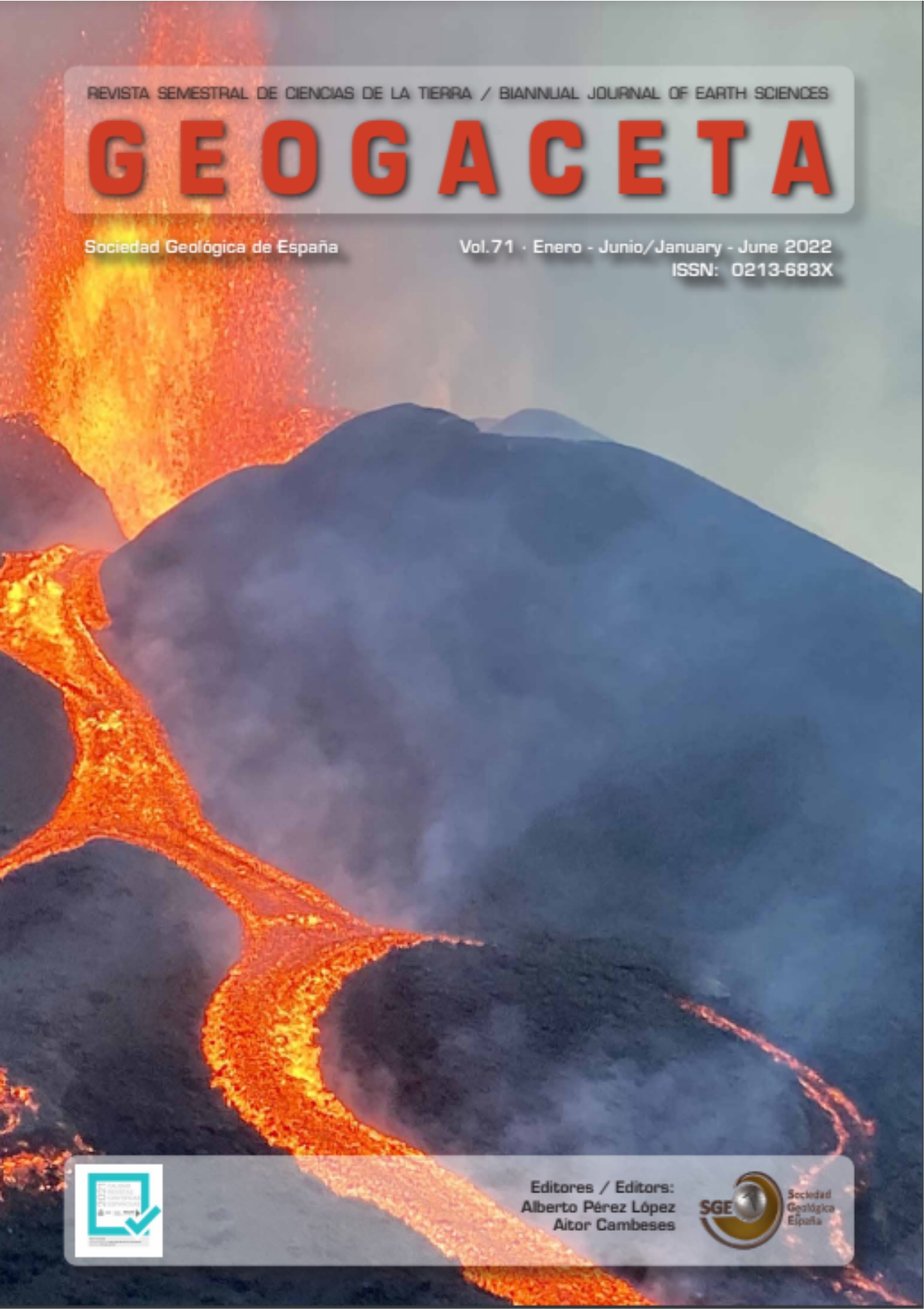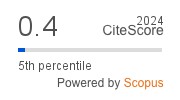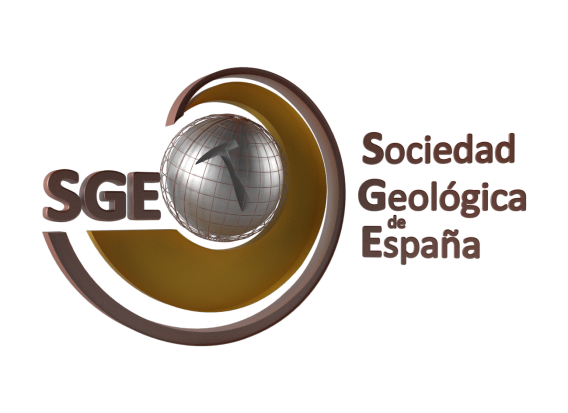An environmental geochemistry approach for Se-enriched water management in underground gold mines
DOI:
https://doi.org/10.55407/geogaceta99926Keywords:
environmental geochemistry, selenium, water management, gold miningAbstract
Gold ores in skarns from the El Valle deposit (Asturias, Spain) are formed by two different Cu-Au skarn types, calcic and magnesian, in the Cambrian limestones and dolostones. In the Skarn, Se is an abundant trace element, and thus, during the mining activity was observed that the drained water presents anomalous Se concentrations. In this context, here we addressed a novel study to minimize the Se presence in the water through a comprehensive characterization of the water-rock system. Rock and water samples were taken from selected boreholes to perform a mineralogical and a geochemistry characterization. Results verified the Se presence in the mineralization. Calcic and magnesian skarn did not drain groundwater when drilled, however leaching tests using distilled water revealed a notable concentration of Se in the leached for magnesic skarn material whereas Se was not detected for the calcic skarn. On the other hand, water from the aquifer is drained when limestone is drilled. Accordingly, waterproofing system was proposed to avoid the water-rock interactions in the skarn materials. However, in some cases, the waterproofing should be also applied in limestones with the presence of fractures with disseminated mineralization, where the Se concentration is low but is readily mobile.
References
Baragaño, D., Boente, C., Rodríguez-Valdés, E., Fernández-Braña, A., Jiménez, A., Gallego, J.R. y González-Fernández, B. (2020). Environmental Science and Pollution Research 27, 10672-10684. https://doi.org/10.1007/s11356-019-07120-8
Cepedal, A., Fuertes-Fuente, M., Martín-Izard, A., González-Nistal, S. y Rodríguez-Pevida, L. (2006). Mineralogy and Petrology 87, 277-304. https://doi.org/10.1007/s00710-006-0127-7
Cepedal, A., Fuertes-Fuente, M., Martín-Izard, A., González-Nistal, S. y Barrero, M. (2008). The Canadian Mineralogist 46, 233-247. https://doi.org/10.3749/canmin.46.1.233
Etteieb, S., Magdouli, S., Zolfaghari, M. y Brar, S. (2020). Science of the Total Environment 698, 134339. https://doi.org/10.1016/j.scitotenv.2019.134339
González-Fernández, B., Rodríguez-Valdés, E., Boente, C., Menéndez-Casares, E., Fernández-Braña, A. y Gallego, J.R. (2018). Science of the Total Environment 610-611, 820-830. https://doi.org/10.1016/j.scitotenv.2017.08.135
Staicu, L.C., van Hullebusch, E.D., Rittmann, B.E. y Lens, P.N. (2017). In: Bioremediation of Selenium Contaminated Wastewater (E. van Hullebusch, Eds.). Springer, Cham, 75-101. https://doi.org/10.1007/978-3-319-57831-6_4
Tan, D.C., Nancharaiah, Y.V., van Hullebusch, E.D. y Lens, P.N.L. (2016). Biotechnology Advances 34, 886-907. https://doi.org/10.1016/j.biotechadv.2016.05.005
Downloads
Published
How to Cite
Issue
Section
License
Until the year 2023 the author assigned the copyright to the Sociedad Geológica de España, but from 2024 the author retains the copyright and grants the Sociedad Geológica de España the right of first publication and non-exclusive distribution of each article in all current or future media, while transferring, also non-exclusively, the commercial rights for the distribution of the printed version of Geogaceta. On the other hand, the articles, from the year 2023, are available simultaneously with their publication, under the Creative Commons CC BY-NC-SA 4.0 license, which allows copying, transforming the work, but if any transformation is distributed, the new work must be distributed under the same license, and never for commercial purposes, while acknowledging the authorship and original publication in GEOGACETA, so that the only role of copyright is to give authors control over the integrity of their works and the right to be properly acknowledged and cited.









